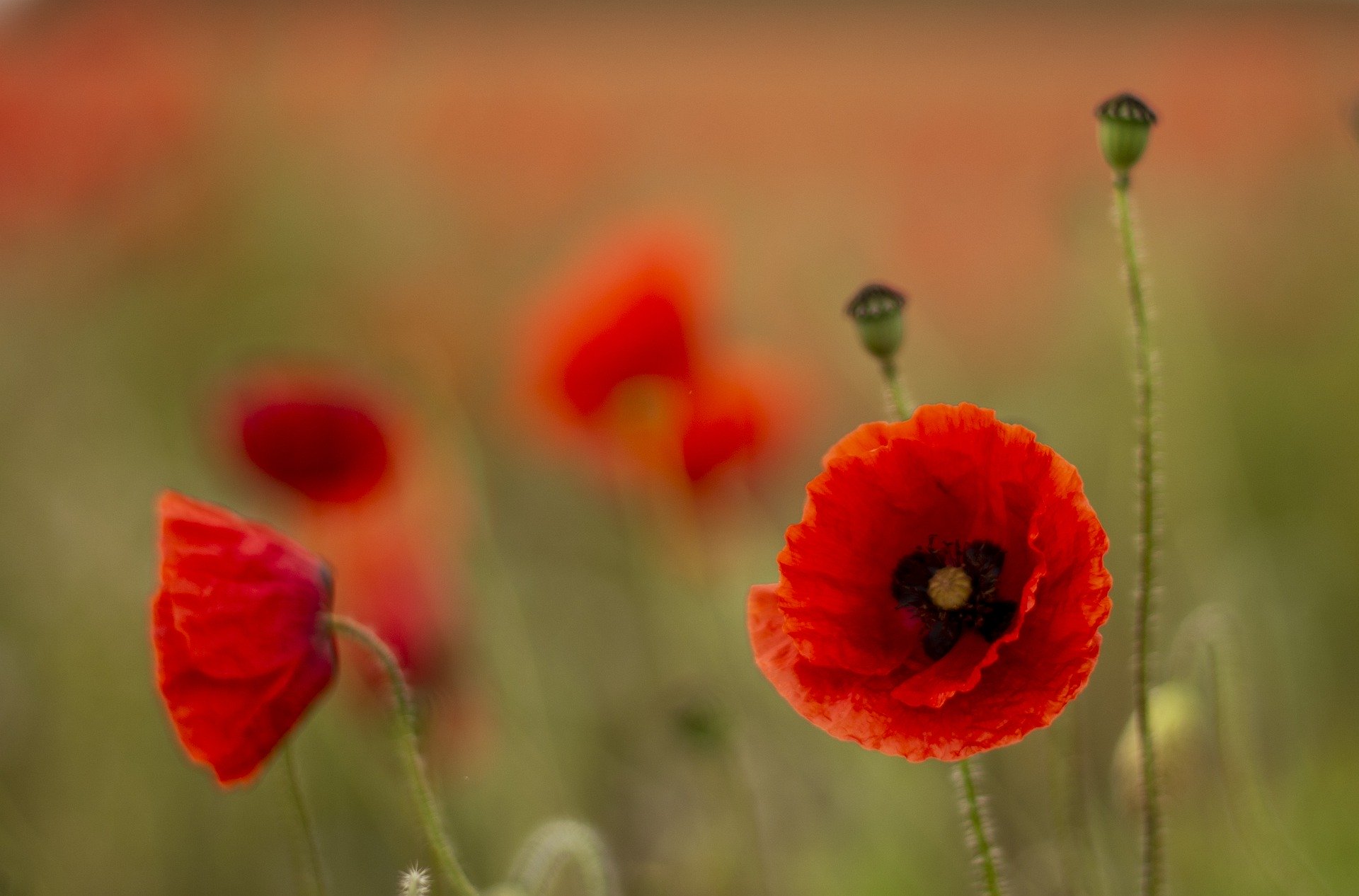Mahdis Habibinia | Executive Editor
Featured image courtesy of Pixabay
1.The Armistice of 11/11 11 a.m.
Remembrance Day is commemorated on the eleventh hour of the eleventh day of the eleventh month. This pays tribute to the truce that ended World War I (WWI) on Monday, November 11, 1918 at 11 a.m. German forces agreed to an armistice—a truce—with Allied troops. In fact, Remembrance Day was originally called “Armistice Day.”
From 1921 to 1930, Armistice Day was originally held on the Monday of the week of November 11. Then, Alan Neill introduced a bill to always observe Armistice Day on November 11. The bill was passed by the House of Commons and the name was also changed to Remembrance Day. Subsequently, the first “Remembrance Day” was on November 11, 1931.
2. The Red Poppy — The Flower
The poppy was one of the first flowers to bloom on the battlefields in Belgium and France during WWI. The rubble and debris caused an abundance of lime to perpetuate in the grounds, making the area fertile for poppies to grow. Canadian Lieutenant Colonel John McRae’s renowned poem “In Flanders Fields,” made the red poppy an iconic symbol of remembrance. It is said that McRae wrote the poem in only 20 minutes and then threw it into the trash where it was later retrieved by another soldier.
3. The Red Poppy — The Pin
Anna Guérin was the individual who initiated the donning of the artificial poppy on lapels. Guérin was inspired by Moina Michael, who expedited the poppy as a memorial flower when attending the national American Legion convention as a representative of France’s YMCA Secretariat in 1920. Guérin felt the significance of the memorial poppy was too great to be limited and that a broader significance can be placed upon helping those in need. Subsequently, she suggested that artificial poppies could be made and sold as a way of raising charitable donations for those who had suffered in war. So in 1921, Guérin visited Canada and convinced the Great War Veterans Association of Canada (known today, combined with other groups, as the Royal Canadian Legion) to adopt the poppy as a symbol of remembrance.
4. You Shouldn’t Wear The Poppy After November 11
Most people pin poppies to their jackets about two weeks before Remembrance Day. However, you shouldn’t be donning them in the days afterwards. In fact, the poppy is supposed to be left on the tomb or graveside at the place of where a ceremony is held—a final sign of respect for the fallen soldiers who never came home. They can also be worn for the remainder of the day. But once November 12 arrives, the poppy pins should be gone.
5. Other Nations
Many nations that are not members of the Commonwealth also observe Remembrance Day on November 11, including France, Belgium and Poland. The United States used to commemorate Armistice Day on November 11. In 1954 they changed the name to “Veterans Day.”
6. Origins of the Moment of Silence
As tradition dictates, a global minute of silence is delivered on Remembrance Day at 11 a.m. as a sign of respect to remember our fallen soldiers who fought bravely for their country. This practice originates from King George V’s declaration on November 6, 1919 where people were to temporarily halt their normal activities so that in “perfect stillness the thoughts of everyone may be concentrated on reverent remembrance of the Glorious Dead.
7. Origins of Flags Half-mast
As another tradition dictates on November 11, flags are flown at half-mast on their poles from 10:30 a.m. to 11:03 a.m. as a sign of mourning and respect. This practice originates from sail ships that lowered their sails at sea to honour an important person or to mark a death. Interestingly, there are a number of rules associated with flying the Australian flag at half-mast: the flag can never be flown at half-mast at night; and if in a group of flags, all flags should be lowered to half-mast, however, Australia’s should be lowered last and raised first.
8. The Unknown Soldier
The Tomb of the Unknown Soldier is any monument dedicated to the services of an unknown soldier and to the common memories of all soldiers killed in any war. The Unknown Soldier is intended to represent all men killed during war, especially those with no known resting place.
The following places are just a few that pay tribute to the Unknown Soldier: in London at Westminster Abbey where the original was entombed in 1920; in France below the Arc de Triomphe; in Australia in the Hall of Memory at the Australian War Memorial in Canberra; and in Canada at the National War Memorial in Confederation Square in Ottawa.
9. Green vs Black Poppy Centres
Poppies were originally made with a black centre for years, until they changed to green in 1980. The colour green was supposed to reflect the colour of the hills in Flanders. But the real flower’s centre is black, so the colour was reverted to its original after 2002.
10. Some Terms of the Armistice
a) Effective six hours after signing.
b) Immediately clear Belgium, France, and Alsace-Lorraine, concluded within 14 days. Any troops remaining in these areas are to be interned or taken as prisoners of war.
c) Surrender the following: 5,000 cannons; 30,000 machine guns; 3,000 trench mortars; 2,000 planes; 5,000 locomotives; 150,000 railway coaches; and 10,000 trucks.
d) Maintain enemy occupation troops through Germany.
e) Unconditional surrender of East Africa.
f) Return the property of the Belgian Bank, Russian, and Rumanian gold.
g) Return prisoners of war without reciprocity.
h) Surrender 160 U-boats, eight light cruisers, and six Dreadnoughts. The rest of the fleet have to be disarmed and controlled by the Allies in neutral or Allied harbors.
i) The blockade remains in effect. All German ships are to be captured.
j) Truce lasts 30 days.


